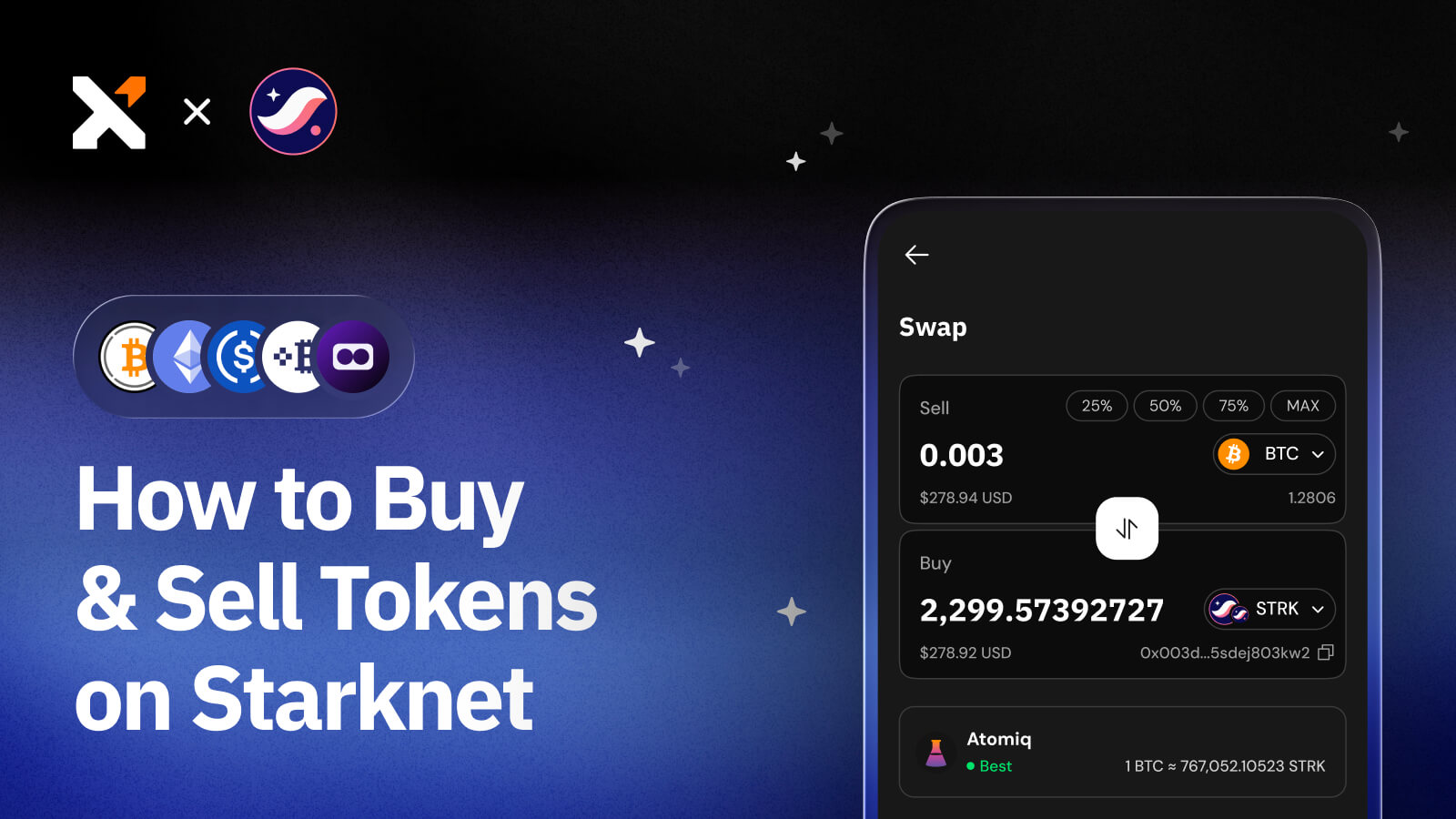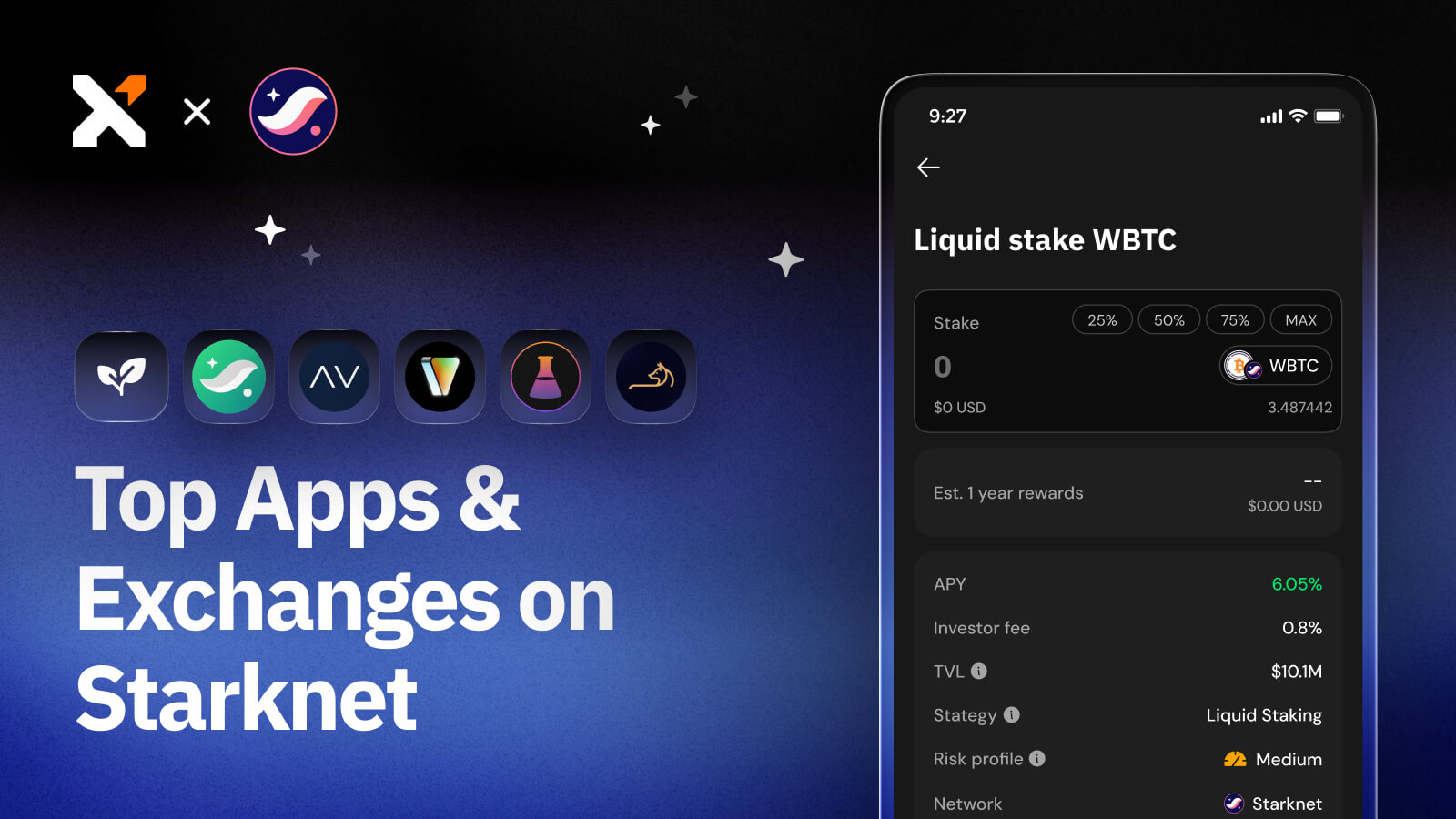SegWit vs. Native SegWit (Bech32) Bitcoin Addresses Guide
Learn about SegWit and Native SegWit (Bech32) Bitcoin addresses and what sets them apart in this comparison guide.

Sign up for updates!
Stay tuned to our latest news and updates
.svg)
A Bitcoin address is an alphanumeric string of characters that represents the source or destination of a Bitcoin payment. There are four types of Bitcoin addresses today: Legacy, SegWit, Native SegWit, and Taproot.
Read on to learn about SegWit and Native SegWit Bitcoin addresses, what differentiates them, their benefits and drawbacks, and why they are important.
What is Segregated Witness (SegWit)?
Segregated Witness, known as SegWit, is a Bitcoin update that sets apart transaction segments into (witness data) and signatures.
In the early days of Bitcoin, users were only able to access one type of Bitcoin address; the Legacy (P2PKH) address. A major downside of Legacy addresses was their larger transaction sizes which resulted in less optimal transaction fees and slower speeds.
In late 2015, Bitcoin developer Pieter Wuille suggested the Segregated Witness idea and it was implemented in August 2017, allowing more BTC transactions to fit into one block.
Furthermore, SegWit reduced transaction fees and paved the way for Layer 2 scaling solutions such as the Lightning Network.
What Is a SegWit Address & How Does it Work?
The SegWit address, a successor to the Legacy address is a newer Bitcoin address format that’s designed with advanced functionality such as the pay-to-script hash (P2SH) script function that’s commonly used for multisig addresses. These addresses often started with a 3.
The Pay-to-Script-Hash (P2SH) enables you to spend BTC based on the satisfaction of the script’s hash that’s been specified in the transaction.
For example, if Peter sends Nick 1 BTC using a P2SH transaction, he must include the hash of the script needed to spend the BTC in that transaction. This script may require any type of qualifications to be met by Nick before he can spend the bitcoin. However, Nick will also have to reconstruct the script from Peter’s transaction whenever he wants to spend the BTC and use that hash to sign the transaction with a specified private key.
SegWit addresses also support non-native SegWit transactions via a cryptographic standard termed P2WPKH-in-P2SH.
Moreover, the addresses are also backward compatible, given that SegWit was implemented through a soft fork. This means you can send your bitcoin from a Legacy address to a SegWit address just like any other transaction.
Benefits of a Segwit Address
- Potential for faster block inclusion: SegWit separates digital signature data from the transaction, reducing its size. This allows more transactions to fit into each block, which can potentially lead to faster block inclusion during times of network congestion, especially when competing with larger legacy transactions.
- Lower transaction fees: As the transaction is smaller in size, it also helps reduce fees.
- Improves scalability on the Bitcoin network: As more transactions can fit into a single block, it boosts the overall scalability of the network.
- Backward compatible: You can send their BTC in a normal way from a Legacy address to your SegWit address.
Drawbacks and Limitations of a SegWit Address
- Profitability impact: SegWit addresses have a witness data sidechain that limits the revenue that miners can make.
- Scalability: Although SegWit attempts to address the issue of network scalability, it doesn’t fully solve the scalability issue.
What is a Native SegWit Address & How Does it Work?
Native SegWit addresses, which are also referred to as Bech32 addresses, are an upgraded version of the Segregated Witness address that was implemented as part of a Bitcoin improvement proposal.
Since they were designed to handle the evolution of Bitcoin, Native SegWit addresses come with the highest transaction efficiency and smallest sizes of transactions, provide the cheapest fees, and offer improved security features.
The format and structure of the Bitcoin addresses have changed over time since its launch. Today, the address carries mixed formatting as the initial addresses were difficult to type and susceptible to input errors during transactions.
For example, a SegWit address starts with "3" and is case-sensitive (e.g., 3J98t1WpEZ73CNmQviecrnyiWrnqRhWNLy), while a Native SegWit address begins with "bc1q" and is not case-sensitive (e.g., bc1qar0srrr7xfkvy5l643lydnw9re59gtzzwf8c9m).
However, not all wallets and exchanges support these addresses.
Benefits of Native SegWit Addresses
- Cheaper and faster transactions: Unlike other SegWit addresses, they offer even faster and cheaper transactions.
- Reduced margin of error: They also provide enhanced user experience as users are less likely to make errors when sending and receiving bitcoin via the Native SegWit addresses.
- Secure transactions: Bech32 address users can more easily identify wrong characters in their transactions.
Drawbacks of Native SegWit Addresses
- Compatibility challenges: As a relatively new address format, Bech32 addresses are not fully compatible with older software.
- Lower mining revenues: Although Native SegWit addresses offer lower transaction fees for users, this once again lowers the revenues of Bitcoin miners.
SegWit vs Native Segwit: What’s the Difference?

Wallet Support
One major differentiator in the SegWit vs. Native SegWit debate is wallet support. Both Bitcoin address formats support sending and receiving BTC and are compatible. However, not many Bitcoin wallet providers support the Bech32 address.
Format
SegWit addresses begin with the number 3 and utilize the P2SH script function. It further supports non-Native SegWit transactions by incorporating the P2WPKH-IN-P2SH cryptographic standard.
On the other hand, the Native SegWit address starts with bc1q and doesn’t utilize the P2 script function styles used by other Bitcoin addresses.
Transaction Fees
The launch of SegWit addresses reduced BTC transaction fees compared to its predecessor, Legacy addresses.
However, the Native SegWit addresses provide even faster, cheaper, and more efficient transactions compared to SegWit.
Efficiency
SegWit addresses are more efficient than Legacy addresses. This is because they separate the signature data from the transaction data. Users are also able to pay lower fees and enjoy faster transaction speeds.
Native SegWit addresses are even better in terms of efficiency, security, and affordability.
Security
SegWit wallet addresses provide enhanced security by separating signature data from transaction data. This means that bad actors would find it difficult to alter the transaction signature data.
On the other hand, Native SegWit improves its security by having a unique address format, implementing error detection, and is more readable due to its lowercase format.
Download Xverse to Start Using SegWit and Native SegWit Bitcoin Addresses
As Bitcoin continues to undergo improvements, new transaction types and use cases have emerged. This created the need for upgrades like introducing new address formats, which are vital in supporting these network improvements.
The evolution of Bitcoin addresses has continued to make BTC transactions cheaper, flexible, faster, and more secure.
As the leading wallet for anyone keen to explore the Bitcoin Web3 ecosystem, Xverse is compatible with Nested SegWit, Native SegWit, and Taproot (Ordinals) Bitcoin addresses and is available for Chrome, iOS, and Android devices.
You can use both the Nested SegWit and Bech32 addresses to receive, send, and receive stacking rewards via the Xverse wallet.
Download the Xverse app today to start using SegWit and Native SegWit Bitcoin addresses.
Share this article



.svg)




